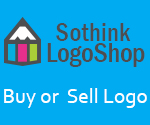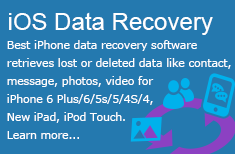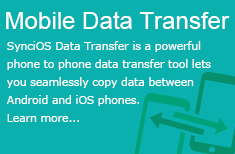There are an extensive amount of roads you can take in web design, specifically in navigation. Here, we will talk about one specific navigation technique, tab-based navigation. If properly carried out, tabbed navigation can be very clean and organized within a web layout.
So what is tabbed navigation? Well, it is essentially a set of buttons most often set horizontally. Tabs generally follow numerous different styling guidelines. First, a tab set usually is attached to or slightly protrudes from a container, like in the example below. Also, notice how the open tab matches the background color of the container, and the other buttons are darker. This is another common styling guideline.
When you look at tabbed navigations, you will also notice many styling trends. First, many tabs will have rounded corners on buttons. This helps to create a clean look. Also helping to make a clean look is the use of separation between buttons. Most designs use space to separate buttons, but a bevel, single line, or background color contrast will also look nicely.
You will also see the use of hover effects, which is a common usability characteristic of the tabbed navigation. Gradients, radial and linear, help to achieve an impressve hover effect that brings dimension to the button that the user is selecting. Actually, you will notice that many tab buttons, selected or not, will use a slight gradient to add depth and demension to the button. This is a very simple detail often used to bring extra styling to many different user interface elements, such as buttons. The most important aspect in the design of tabbed navigation is that the active tab needs to be clear and obvious. This is what separates a tabbed navigation from an ordinary horizontal row of buttons or hyperlinks (thanks, Allen).
So, with all of that in mind, take a look at these excellent tabbed-navigations shown below. Look for the trends, and follow the link to further inspect the usability of the tabbed navigation and how it looks with the rest of the design.
City of Grace
A good example of tabs that work nice colors into a usable layout.

Revolution Drviving
Brilliant button backgrounds that aren’t over the top make these tabs really great.

Track My People
These buttons use gradients for depth, and a drop shodow to add demension to the tabs behind the selected one.

Jobs on the Wall
More brilliant styling, these tabs fit perfectly with the other elements on the site.

LittleLines
This is one of the better examples of styling in this showcase because of the gradients to add dimension to the buttons and strong borders.

Magpie
Doesn’t get much more simple than this, but still a good example.

The Invoice Machine
The navigation below uses a strong color difference, usable buttons, and borders to separate tabs from the rest of the design.

Inkd
Good styling and usable because of size and separation.


























 Buy or sell a logo
Buy or sell a logo iOS Data Recovery
iOS Data Recovery Mobile Data Transfer
Mobile Data Transfer